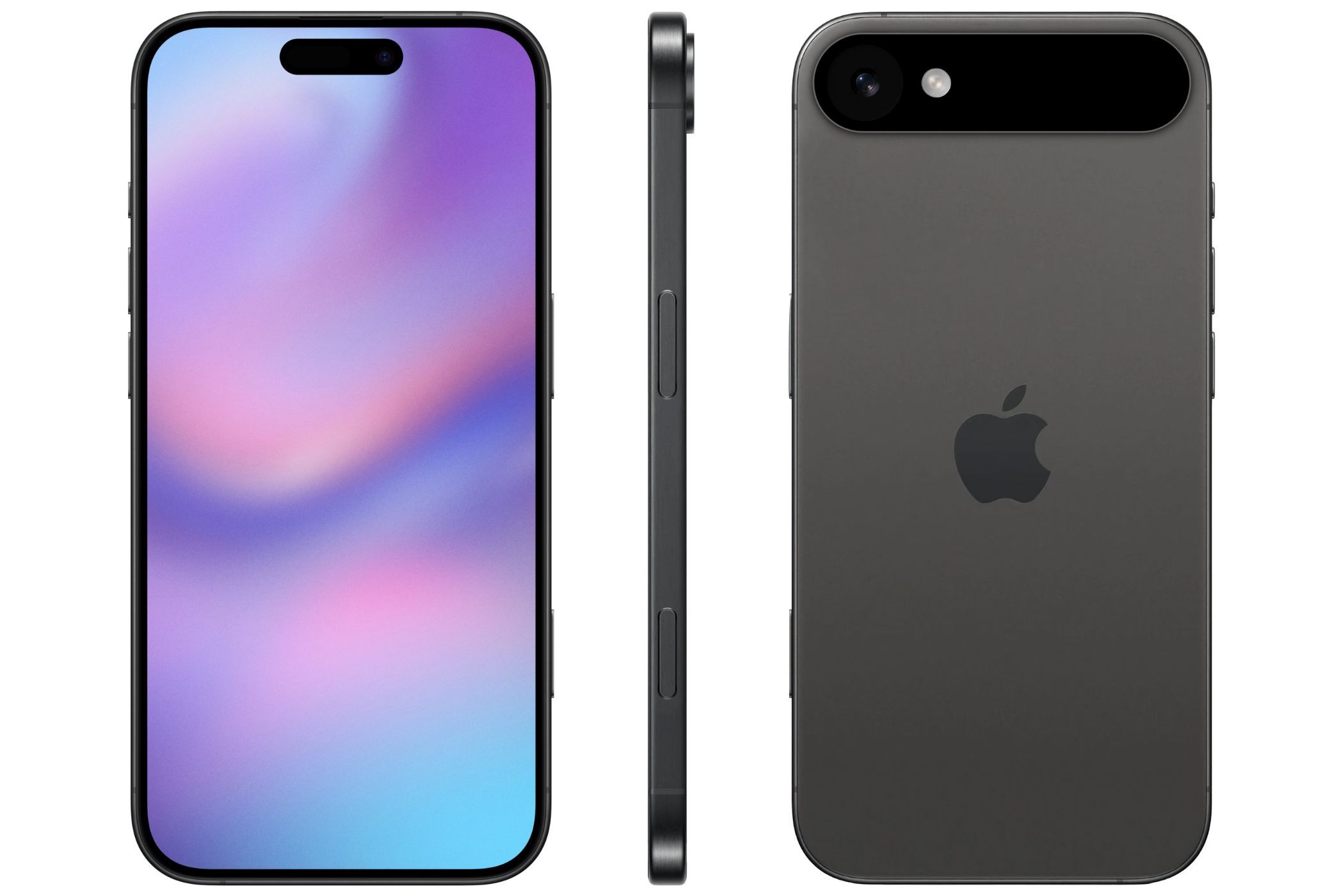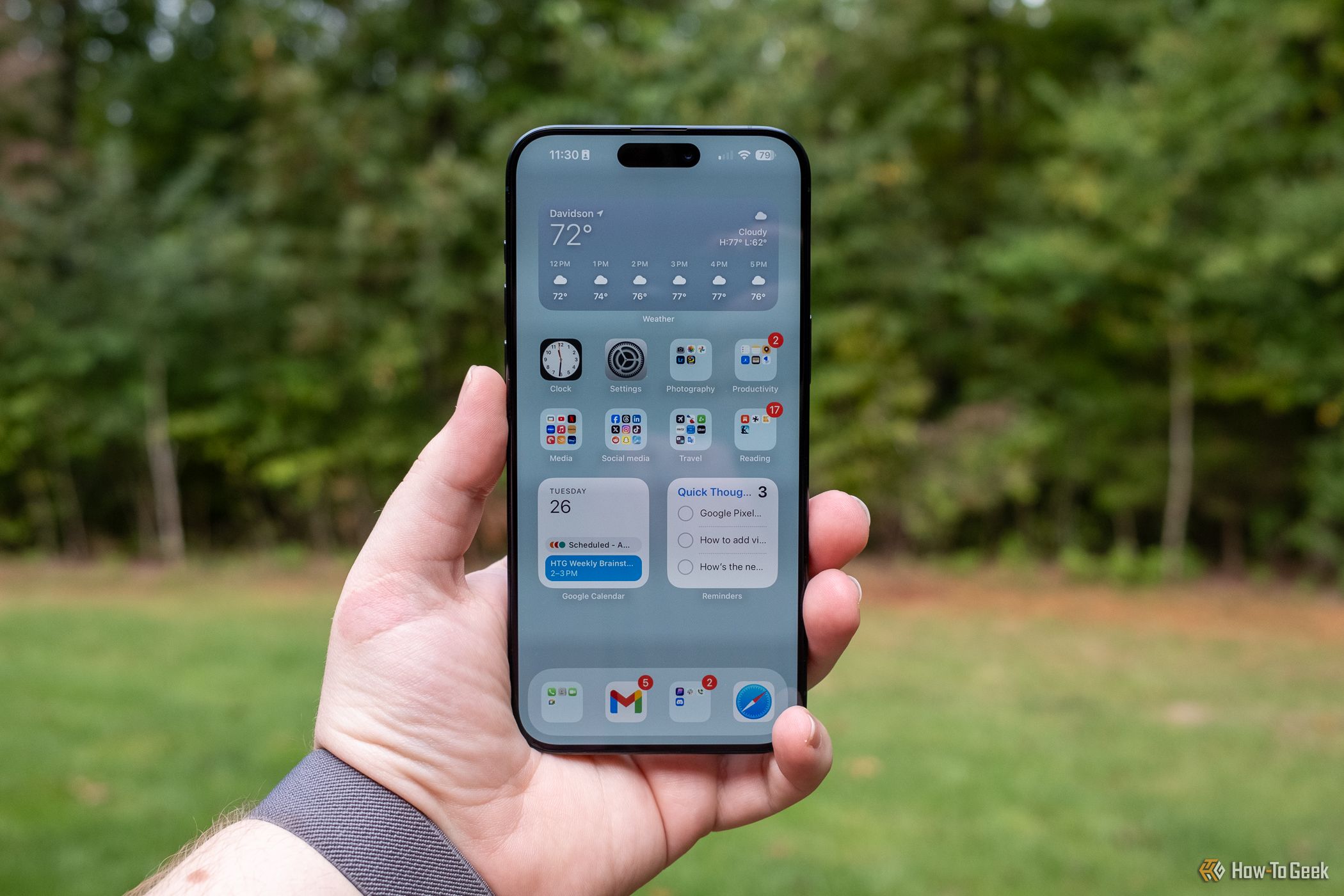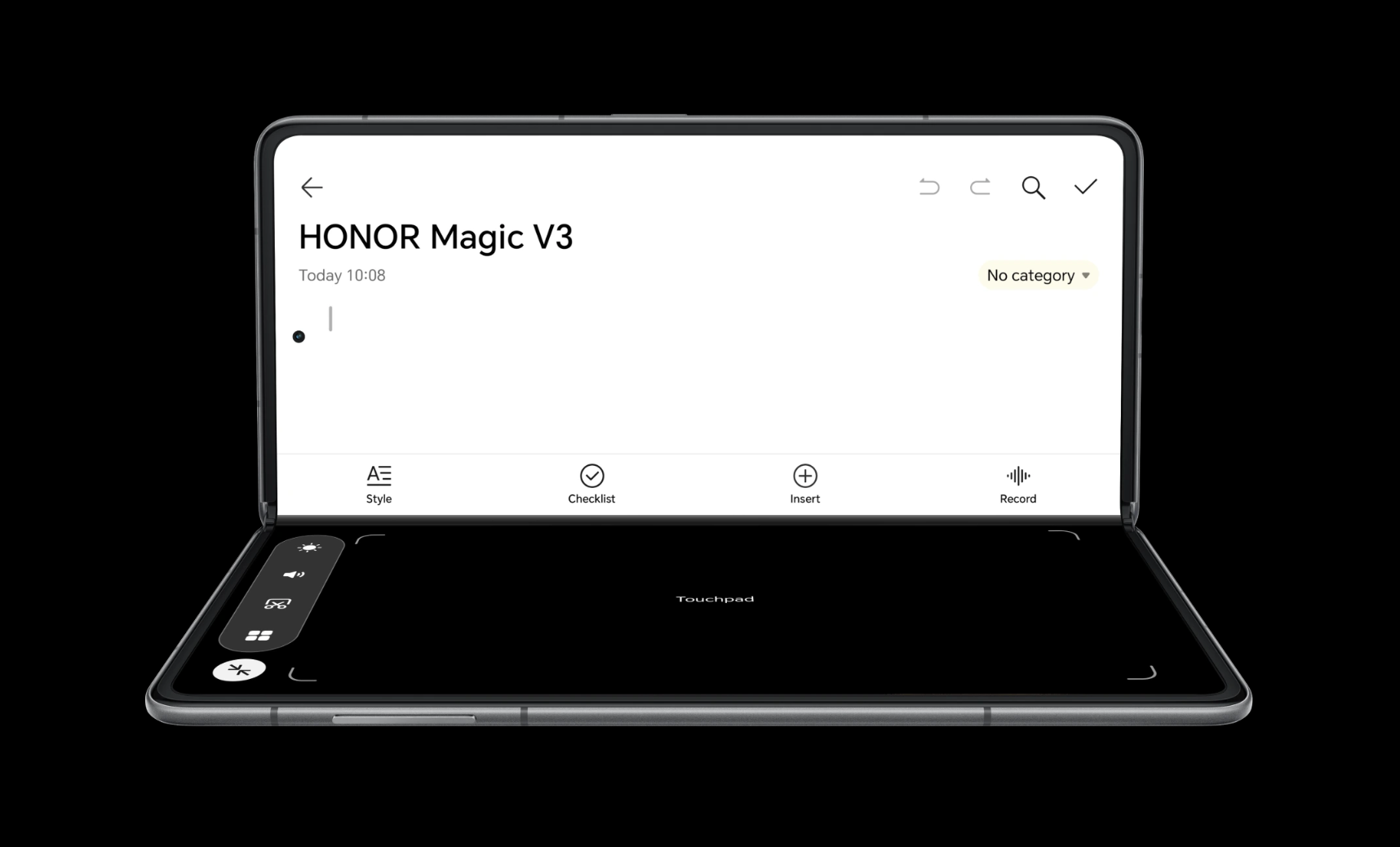Key Takeaways
- The iPhone 17 Air is rumored to debut in 2025 with an ultra-thin, sleek design, pushing the boundaries of smartphone aesthetics.
- Positioned between standard and Pro models, it could appeal to users who prioritize design over high-end specs.
- If successful, this design approach could influence future Apple products, possibly including ultra-thin foldable devices.
While the dust on the iPhone 16 has barely settled, there have been whispers about a new iPhone model launching in 2025 that uses Apple’s “Air” moniker. Picture a razor-thin, ultra-sleek device that marries Apple’s design philosophy with cutting-edge engineering. This could be the next big thing for iPhone.
A Bonkers Thin Design
Let’s start with what everyone’s talking about: the design. If the rumors are true, the iPhone 17 Air will be all about slimness. I recently had a chance to experience the M4 iPad Pro in person, and let me tell you, it’s bonkers how thin that tablet is.
It feels like you’re holding a sheet of aluminum, not a full-fledged premium tablet. At just 5.1mm thickness for the 13-inch model, it’s almost hard to believe it’s real.
Now, imagine shrinking that down to the size of a phone like in the concept image above from Apple Hub on X (Twitter). Holding something so thin yet fully functional would feel almost unreal. That’s what excites me about the iPhone 17 Air. It’s more than just a phone—it’s a piece of minimalist design.
Apple has a history of perfecting these sleek designs, sometimes at the cost of features, but always appealing to design enthusiasts.
Form Over Function? Maybe That’s the Point
Of course, the iPhone 17 Air won’t be just about thinness. If Apple sticks to the “Air” branding, we can expect some compromises. Historically, the “Air” line has always emphasized portability over raw power, starting with the original MacBook Air. But let’s be honest—does everyone really need a phone with Pro-level specs? For most of us, the answer is probably not.
Sure, it might not come with the A19 Pro chip or a top-tier camera setup like the Pro models, but this phone isn’t designed for that. It’s designed for those of us who value style, elegance, and the sheer cool factor.
The iPhone 17 Air could be perfect for users who don’t need all the bells and whistles but still want to feel like they’re holding something extraordinary. If Apple plays this right, they could attract a whole new segment of users who’ve been waiting for a device like this.
I Want It Slim, but Not Huge
Now, here’s my personal wish list for the iPhone 17 Air: I want it to be the size of the vanilla iPhone 15, which is 6.1 inches (and rumors point to a larger 6.6-inch frame for the 17 Air). I get it—large phones sell well, but an ultra-thin phone that’s also large can get… awkward.
Ultra-thin phones, especially larger ones, can be difficult to use because they often sacrifice grip and comfort for sleekness.
The idea of an ultra-thin phone sounds great in theory, but if it’s too large, it could become a pain to use daily. I’m all in for a slim design, but I want something that feels manageable in my hand. A slim, reasonably-sized phone that I can comfortably use is the dream.
What an “Air” Approach Could Mean for Foldables
I’m getting ahead of myself here, but if Apple nails this thin design with the iPhone 17 Air, imagine what it could do for its foldables. Now, this is just wishful thinking from my side, but imagine an “iPhone Fold Air.” Terrible name, I know, but bear with me.
Folding phones are already here, but they tend to be bulky when closed. What if Apple could take a page out of the HONOR Magic V3’s book? That foldable has crazy dimensions—just 9.2mm thick when folded and 4.4mm when opened. Imagine Apple pulling off those numbers, or an even thinner design.
If Apple brings its ultra-thin design to foldables, it could make things very interesting. Competitors are already ahead in the foldable market, but this growing competition will push Apple to deliver a phone that balances both design and functionality.
While they’ve taken their time, Apple tends to enter markets with well-thought-out products, so it’ll be worth watching how they approach foldable tech when they eventually join the race.
The iPhone 17 Air Could Shake Up Apple’s Lineup
With the potential introduction of the iPhone 17 Air, Apple could be making some major changes to its lineup. The iPhone mini fizzled out, and the Plus model—let’s be real—hasn’t been much of a hit either. The iPhone 17 Air could take the middle-ground spot between the standard and Pro models, giving Apple fans something interesting: a stylish, ultra-thin iPhone without the Pro price tag (it’s still going to be costly, though).
This is where things get exciting for Apple’s strategy. They’re not just introducing another phone; they’re potentially creating a new category. The iPhone 17 Air could offer the kind of differentiation that Apple thrives on, especially as phone designs start to feel more and more similar across brands. The Air could stand out, not because it’s the most powerful, but because it’s the most unique.
But Will Thinness Come at a Cost?
Before we get carried away, we have to talk about the potential downsides of such a thin phone.
Battery life could be a concern, as thinner phones typically have smaller batteries. Sure, Apple’s efficiency with its chips has improved significantly over the years, but there’s always a trade-off when you go thin. It’s possible that the iPhone 17 Air will have great performance, but not quite the battery life endurance we’ve come to expect from larger phones. Will that be a deal-breaker? Only time will tell.
Then there’s durability. An ultra-thin design can be more prone to bending or breaking (just see the bendgate controversy of the iPhone 6), especially if dropped (and let’s face it, we all drop our phones sometimes). Apple will need to reassure buyers that despite its thin profile, the iPhone 17 Air is as tough as it is beautiful.
And then there’s the monetary cost, which will likely be at a premium because it’s a shiny new Apple product. The iPad Air is more expensive than the basic iPad, remember. Even if the iPhone 17 Air has compromises in terms of battery, power, or even cameras, it’s not going to be a cut-price model by any stretch.
Take the Rumors With a Pinch of Salt
It’s all leaks and rumors at the moment, folks. Apple could scrap this whole idea next year, turn it into something entirely different, or, who knows, maybe everything I’ve rambled on about will come true. As previous leaks have demonstrated: designing a new product takes years, and hiding your plans is increasingly difficult.
One minute we’re dreaming of a sleek iPhone 17 Air, and the next, we’re eyeing an iPhone 17 Ultra. But that’s the fun of it, right? I’m crossing my fingers for an iPhone 17 Air, I’ll see you all next year at the reveal.







